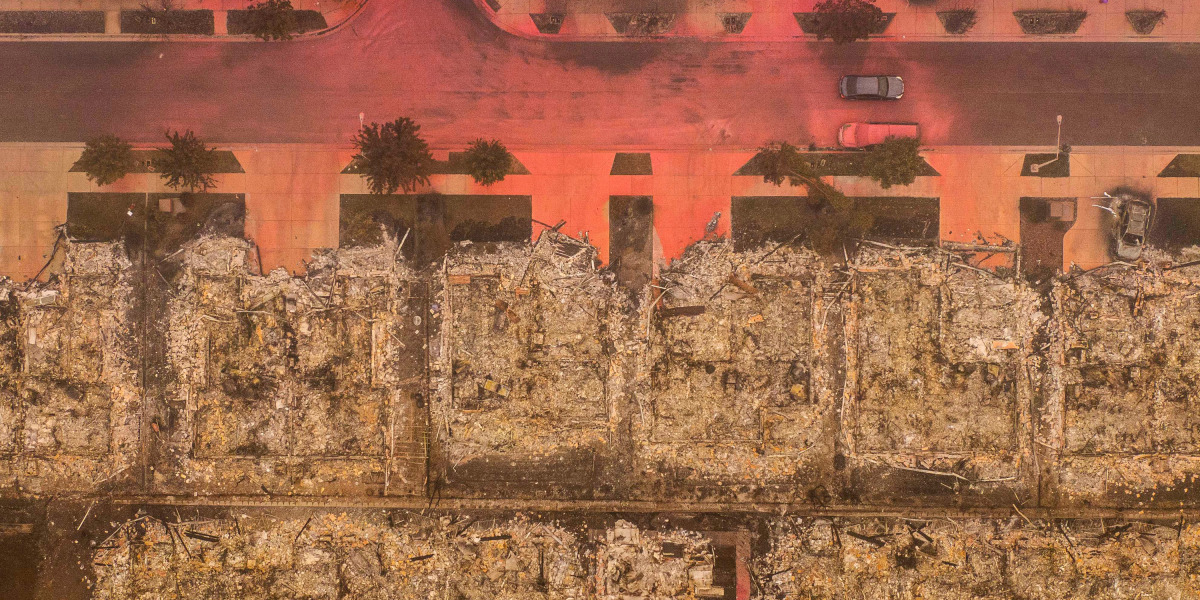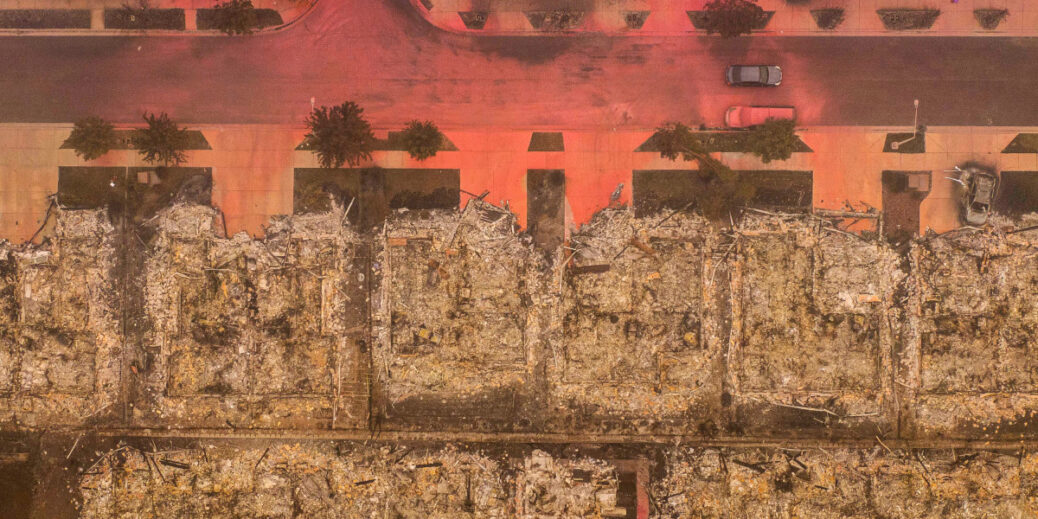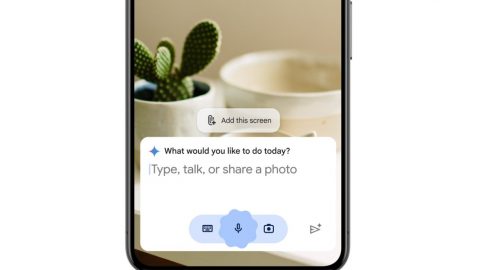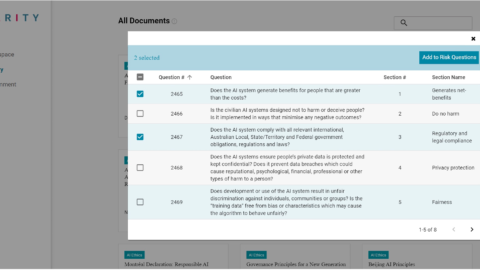
Pioneering scientists like Rothermel dealt with this intractable problem by ignoring it. Instead, they searched for factors, such as wind speed and slope, that could help them predict a fire’s next move in real time.
Looking back, Finney says, it’s a miracle that Rothermel’s equations work for wildfires at all. There’s the sheer difference in scale—Rothermel derived his equations from tiny, controlled fires set in 18-inch fuel beds. But there are also more fundamental errors. Most glaring was Rothermel’s assumption that fire spreads only by radiation, instead of through the convection currents that you see when a campfire flickers.
This assumption isn’t true, and yet for some fires, even huge ones like 2017’s Northwest Oklahoma Complex, which burned more than 780,000 acres, Rothermel’s spread equations still seem to work. But at certain scales, and under certain conditions, fire creates a new kind of system that defies any such attempt to describe it.
The Creek Fire in California, for example, didn’t just go big. It created a plume of hot air that pooled under the stratosphere, like steam against the lid of a pressure cooker. Then it popped through to 50,000 feet, sucking in air from below that drove the flames on, creating a storm system—complete with lightning and fire tornadoes—where no storm should have been.
Other huge, destructive fires appear to ricochet off the weather, or each other, in chaotic ways. Fires usually quiet down at night, but in 2020, two of the biggest runs in California broke out at night. Since heat rises, fires usually burn uphill, but in the Bear Fire, two enormous flame heads raced 22 miles downhill, a line of tornadic plumes spinning between them.
Finney says we don’t know if the intensity caused the strange behaviors or vice versa, or if both rose from some deeper dynamic. One measure of our ignorance, in his view, is that we can’t even rely on it: “It would be really nice to know when our current models will work and when they won’t,” he says.







Recent Comments